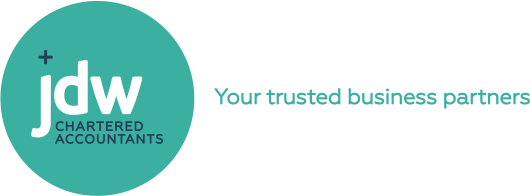Desire Paths in Customer Experience and Internal Procedures
Desire paths are unofficial routes formed by repeated walkers taking the most convenient direction, rather than following the road or concrete path laid for them. Desire paths are common in customer experience and internal procedures and systems too, and you would do well to take notice of them.

Desire Paths in Customer Experience (CX)
Imagine all the engineering, labour and materials required to build a beautiful, meandering, brick path through the woods. Only to discover that picnickers choose to bush-crash through the shrubbery to get to the picnic table on the right.
Or carefully plotting a 12-point engagement and sales funnel for prospective customers, but losing them somewhere around point 3, because you still haven’t told them how they can buy from you. This is where building your brick path, or sales funnel, needs to mimic the desire path of your ideal customer more closely. Provide early opportunities for prospects to sign on or purchase from you, rather than forcing them to wait until they reach the end of your funnel. Auto-fill forms and connect to well-known payment services, to save your customer time and energy.
If you release your minimum viable product (MVP) to the market, you can test the viability of your assumptions among early adopters, before wasting time and resources, developing features that your customers don’t want. Have methods for capturing feedback, so you can fine tune your offering. For instance, researching keywords and phrases to use in your website to improve your Search Engine Optimisation (SEO). Automate data entry, so that customers don’t have to spend lots of time with form-filling. Display your phone number and have a frequently asked questions page on your website, so people can find answers easily.
Desire Paths in Internal Procedures and Systems
Bringing about cultural change can be immensely challenging if the desire paths are well-worn ruts formed over several years. But it is necessary to bring about the changes due to health and safety, other legislation, technology, modern management theory.
Health and Safety
If an unformed path is unstable due to erosion, you would put up a fence, wouldn’t you? Signage to say that a route is no longer safe. Provide a clearly marked, well-lit detour. When it comes to the health and safety of your employees, you need to put up fences, have signs that point out the dangers, training that workers can understand, and routinely practice safety measures. Refer to Worksafe[i] for more information.
Technological Improvements
What if technology has improved so much that the old desire path is the least efficient way to get from point A to point B? If you can’t persuade the whole team to adopt new technology from the outset, then you could be paying for multiple systems and not realising the potential of the new technology. To get adoption from an influential sub-group including one or two of the naysayers, put them into your Pilot team. Once your pilot team demonstrates the improvements, the rest of the team will easily follow suit.
At JDW we implemented a new electronic signature (e-signature) platform in November 2022. It was much simpler for clients, than the previous e-signature platform because you didn’t need to set up a new login and password for each user. One of our senior management members had held out on e-signatures because he said he was too old to learn, so he would laboriously print, sign and scan each document. Within a month of trialling e-signatures, he was a strong advocate for change, proudly telling his clients and the rest of the team how easy it was to use.
Structures to Support Your Desired Culture
Check that your systems, rewards and management style support your desired behaviours and culture. For instance, if you want your sales team to work collaboratively to attract and onboard customers, don’t give individual bonuses. Instead, you build habits of celebrating as a team, so the team collectively feels part of that success.
Conclusion
Note the desire paths around your business. Can you improve the customer experience by more closely aligning to their desires? Can you assist them to buy more often and more easily? Where are the ruts, that prevent you from pursuing improvements in efficiency? Light the path that you want your team and customers to take.
- Serena Irving
Serena Irving is a director in JDW Chartered Accountants Limited, Ellerslie, Auckland. JDW is a professional team of qualified accountants, auditors, business consultants, tax advisors, trust and business valuation specialists.
Download a PDF version here or contact the author by email. Like our Facebook page for regular tips.
An article like this, which is general in nature, is no substitute for specific accounting, tax and business advice. If you want more information about the issues in this article, please contact the author.
[i]
https://www.worksafe.govt.nz/managing-health-and-safety




